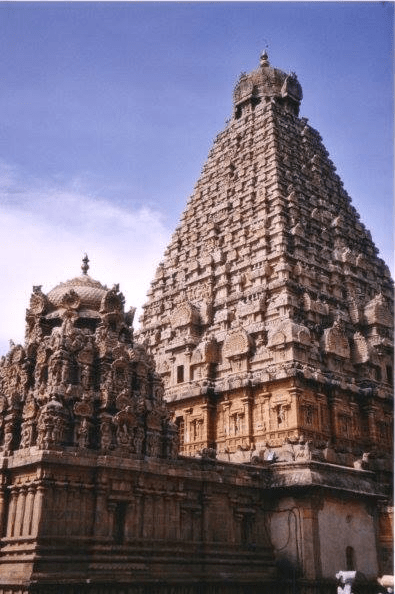India is a country marked by diversities, and what’s remarkable is the unity that exists amidst this multiple ethnicity. South India is a large chunk of the country and is home to people of varying cultures and spoken languages. The history of each of its regions speaks volumes and is well preserved in various forms of art. These art forms include folklore’s, music, dance-forms, art and craft, etc.
This expanse of the Indian sub-continent still harbours the remains of the ancient times, when the Cholas, Pandyas, Pallavas and Cheras were the rulers of this soil. This dates back to as early as 10th Century A.D. , when Tamil Nadu under the reign of the Cholas was renowned for its beautifully carved temples and unparalleled literature. The Brihadeeswarar Temple at Thanjavur is an example of the architectural marvels of this bygone age. Economic activity too was at its peak, each one these virtues is still alive in this state and its inhabitants. The peninsular Deccan Plateau had no look backs even in the Medieval and Modern periods of Indian history. The legacy of being economically strong and traditionally rich continued to pave its way. The Medieval period saw some great structures like the Stone Chariot, Virupaksha Temple.
The city of Mysore narrates tales about the kings that ruled and has its own unmatched aura to boast. The Arabian Sea makes this peninsula the focal point for tourists. Every year tens of thousands of tourists throng the land and get swayed by the mesmerizing scenic beauty. The beaches and the backwaters are a spectacle for every eye. These captivating views coupled with the bronzes sculptures, the stone carvings, the engraved plates, clay idols and other forms of art and craft protected in the temples and monuments make South India is a locale that has carved the moments gone by on the sands of time.
Shiva as Nataraja, the most famous subject found in Chola processional bronzes




